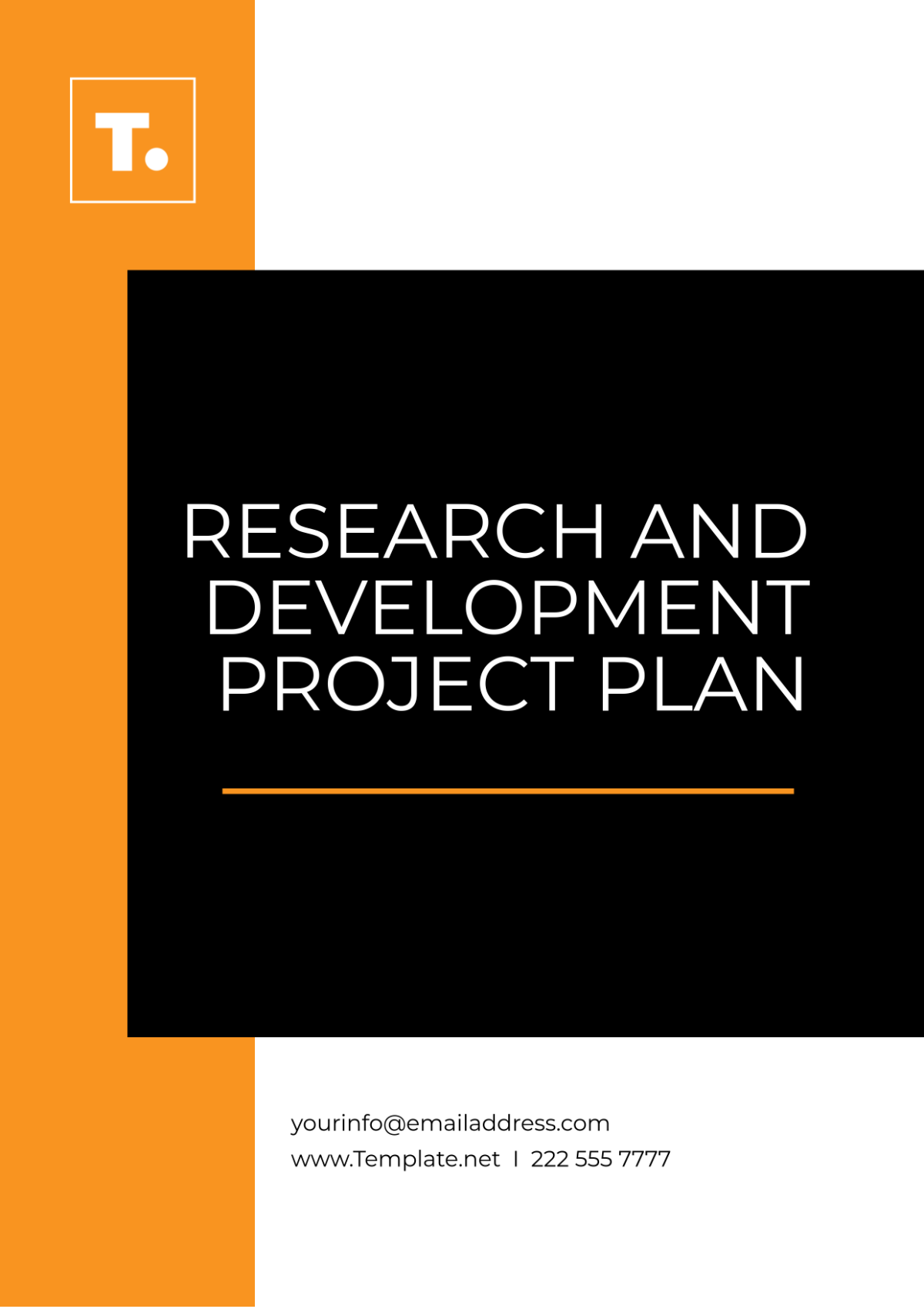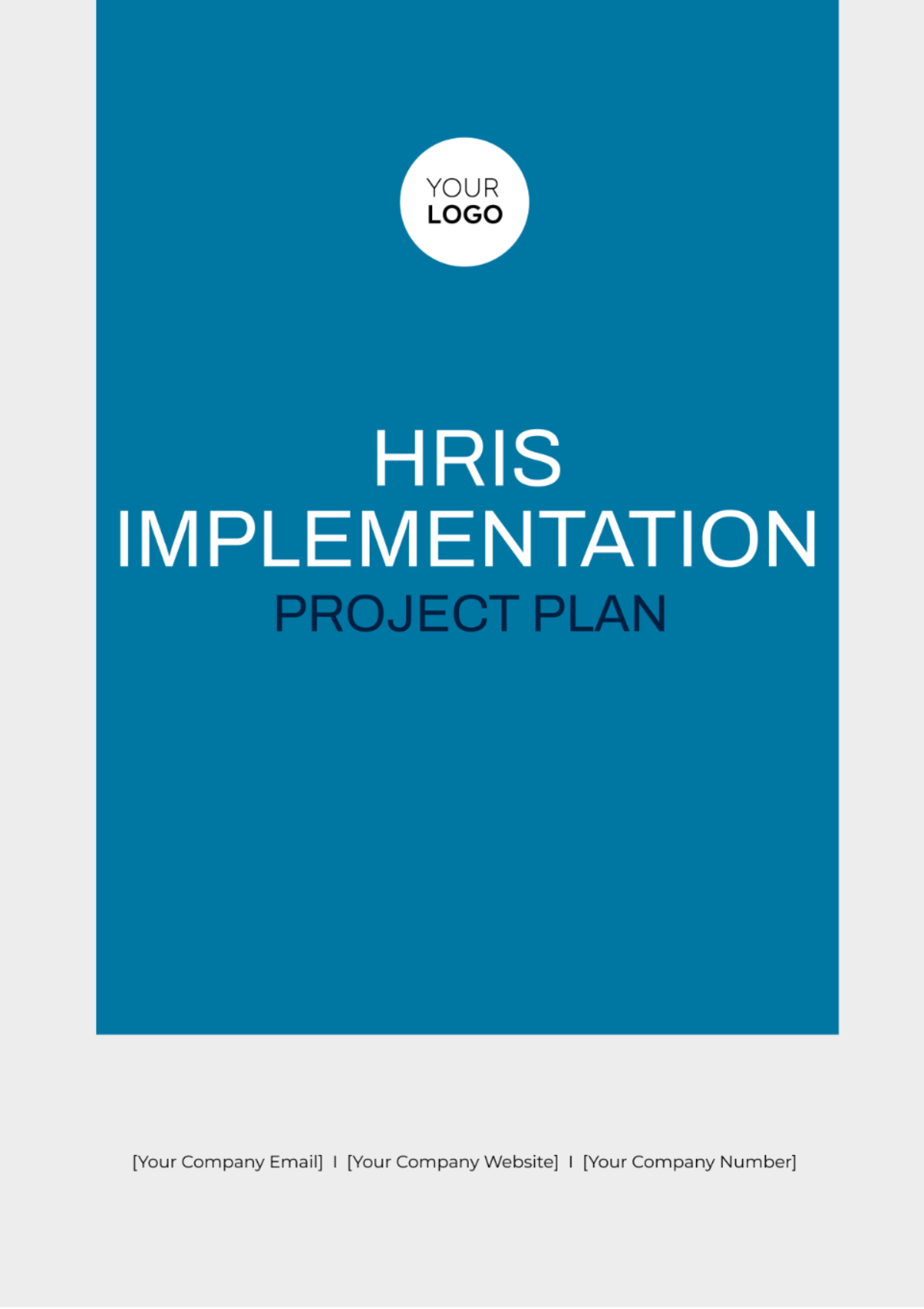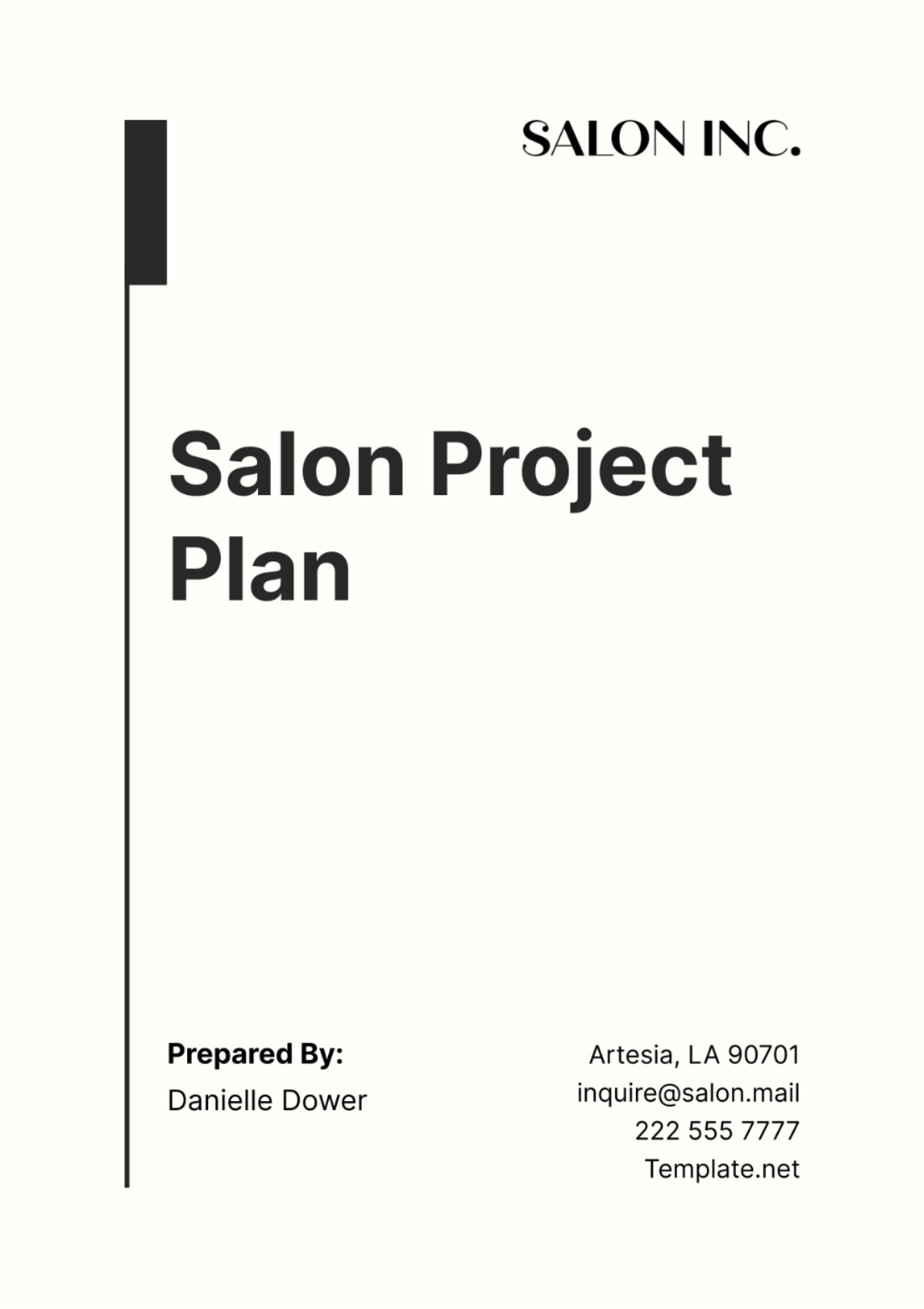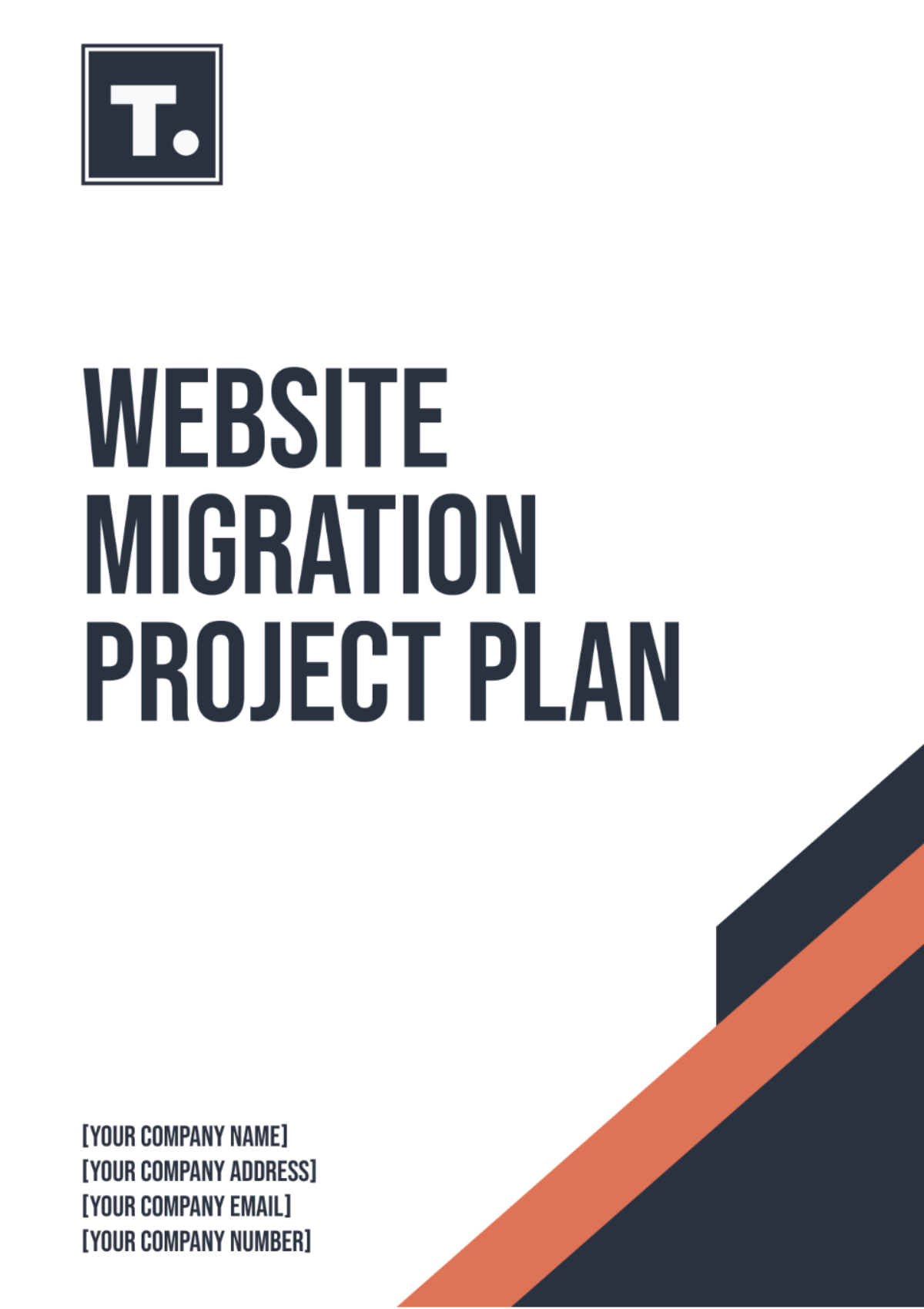Basic Project Plan
Project Owner: | [Your Name] |
Company: | [Your Company Name] |
Department: | [Your Department] |
Date: | [Date] |
I. Introduction
In this section, provide a brief overview of the project, including its purpose, scope, and objectives. Highlight the significance of the project and its alignment with [Your Company Name]'s strategic goals.
Key Points
Project Title: [Project Title]
Project Owner: [Your Name]
Start Date: [Start Date]
End Date: [End Date]
II. Project Scope
Define the boundaries of the project by outlining what is included and what is excluded. Clearly state the deliverables, milestones, and constraints of the project. Ensure alignment between the project scope and the identified objectives.
Scope Components
Deliverables: List all tangible outcomes expected from the project.
Milestones: Identify significant events or achievements within the project timeline.
Constraints: Highlight any limitations or restrictions that may impact project execution.
III. Stakeholder Management
Identify and analyze the stakeholders involved in the project. Develop a communication plan to ensure effective engagement and collaboration throughout the project lifecycle.
Stakeholder Analysis
Primary Stakeholders: [Primary Stakeholders' Roles & Responsibilities]
Secondary Stakeholders: [Secondary Stakeholders' Roles & Responsibilities]
IV. Project Schedule
Create a detailed project schedule outlining tasks, dependencies, and timelines. Utilize Gantt charts or other visual tools to illustrate the project timeline and critical path.
Project Schedule Components
Task List: Break down the project into manageable tasks with assigned responsibilities.
Dependencies: Identify task dependencies and sequence them accordingly.
Timeline: Define start and end dates for each task and milestone.
V. Resource Allocation
Allocate resources required for project execution, including human resources, equipment, and budget. Ensure resource availability and optimization to meet project objectives within the defined constraints.
Resource Allocation Plan
Human Resources: Identify project team members and their roles/responsibilities.
Equipment: List any specialized tools or equipment needed for project implementation.
Budget: Allocate financial resources for various project activities and contingencies.
VI. Risk Management
Identify potential risks and uncertainties that may impact project success. Develop strategies to mitigate, monitor, and respond to these risks throughout the project lifecycle.
Risk Management Plan
Risk Identification: Identify and assess potential risks associated with the project.
Risk Mitigation: Develop strategies to minimize the likelihood and impact of identified risks.
Risk Monitoring: Establish monitoring mechanisms to track and manage risks proactively.






